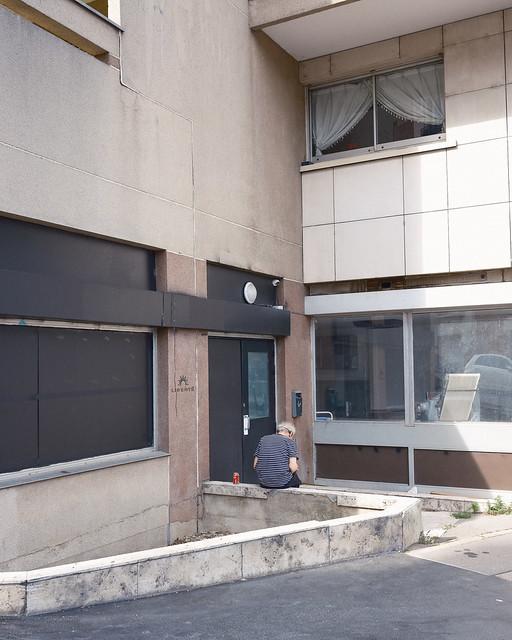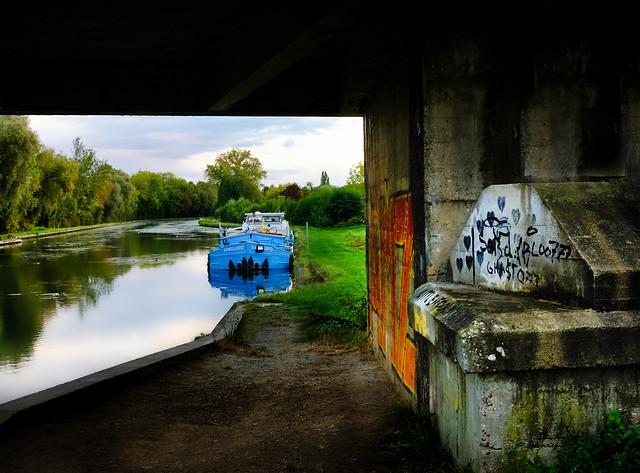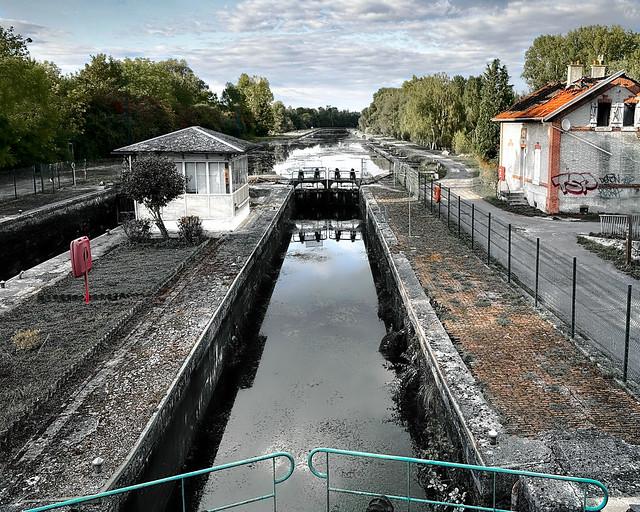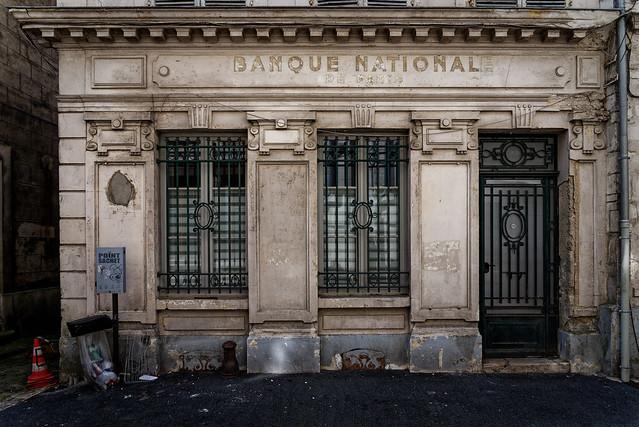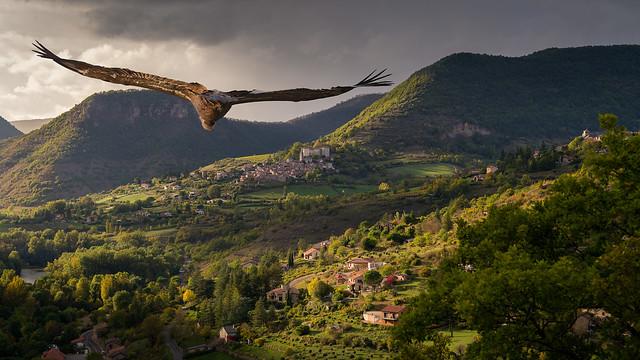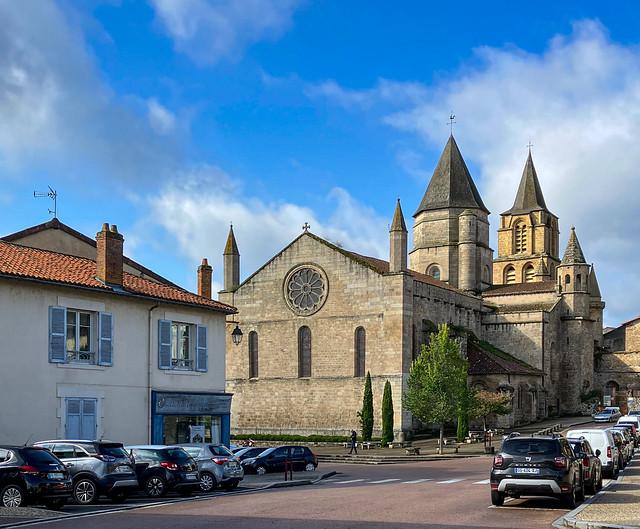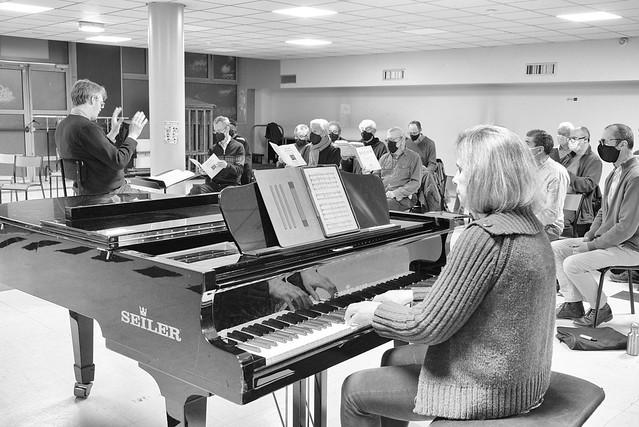Aisne
Overview
Overview of Aisne, France
Aisne, located in the Hauts-de-France region in the northern part of the country, offers a rich tapestry of historical and cultural experiences. This department is named after the Aisne River and is notable for its significant role in World War I, which has left a lasting legacy visible in its landscape and memorials. The capital city Laon, with its medieval streets and impressive Gothic cathedral, epitomizes the area's deep historical roots. Meanwhile, the nearby city of Soissons, once the capital of the Franks, is rich with ancient ruins and tales of past rulers. Aisne’s unique blend of history, coupled with its pastoral countryside and traditional French villages, makes it a fascinating destination for those interested in history and culture.
Tourism Season and Activities
The high season for tourism in Aisne is during the summer months, from June to August, when the weather is most favorable. Temperatures are comfortably warm, typically ranging from 15°C to 25°C (59°F to 77°F), making it ideal for exploring the outdoors. During this season, visitors can enjoy various festivals and events that celebrate the local culture and history, such as medieval festivals in Laon and the Music Festival in Saint-Quentin. Outdoor enthusiasts can explore the region's extensive hiking and cycling paths, particularly around the Chemin des Dames, a significant historical site from WWI. The region's rivers and lakes also offer opportunities for water sports and leisurely afternoons near the water.
Preparation for Visit
When planning a trip to Aisne, it’s important for travelers to prepare adequately to make the most of their visit. Firstly, since the region has a rich historical context, doing some preliminary research or reading about its history can greatly enhance the understanding and appreciation of the sites visited. Packing should include comfortable walking shoes for exploring cities and rural paths, and a mix of light clothing for warm days and layers for cooler evenings. Additionally, while some locals speak English, learning a few key phrases in French will help in interacting more comfortably with residents. Carrying a detailed map or having access to a GPS app is advisable when driving or hiking in the area, as rural and historical sites might not be well-marked. Lastly, ensure to have a valid health insurance that covers international travel, as this is crucial for any unexpected medical needs.
How It Becomes to This
History not available

You May Like
Explore other interesting states in France


